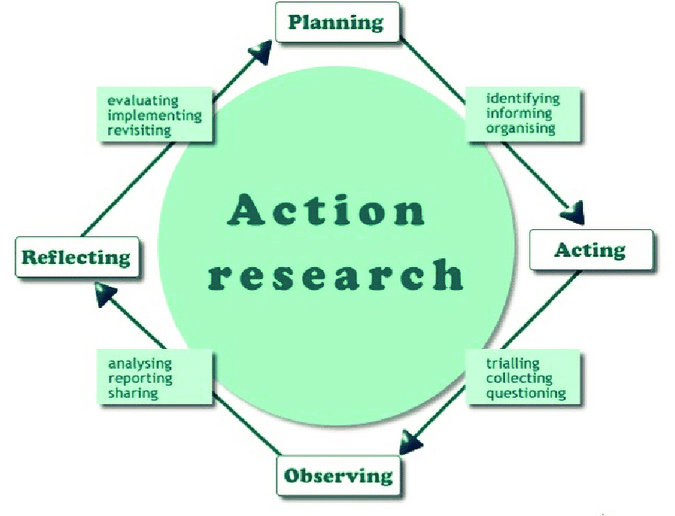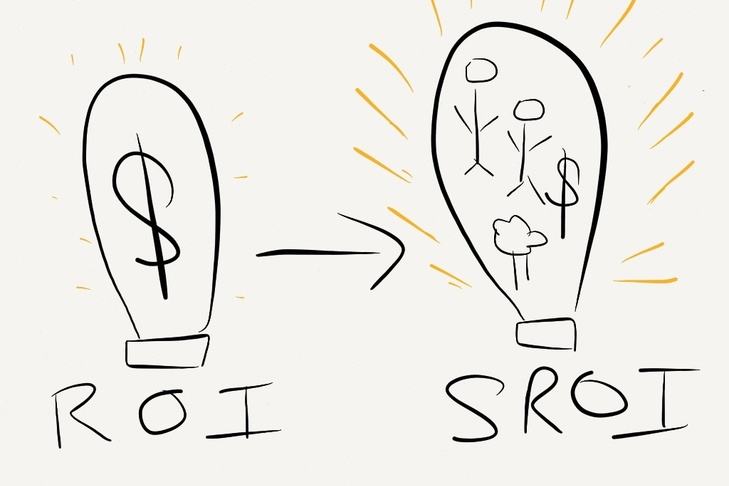Our Approach
- Greater community participation
- Peer-led interventions
- Gender equity and equality
- Evidence-based programming for impact
- Action research approach to programming
- Measuring impact through Social return on investment (SROI)

Peer Led Intervention
In Peer-led intervention, the “peer educator” plays a paramount role and he or she is a person from the community of beneficiaries whom the program is meant for. Peer educator takes the role of a team member, activist, educator and friend – all at the same time. Peer educator approach is successfully used in the ongoing HIV/AIDS prevention and care program among female sex workers in Thane, which is funded by the Maharashtra State AIDS Control Society. Peer-led HIV interventions typically involve enlisting members of a specific at-risk group to influence and support other members of the group to adopt or maintain safe behaviours, and modify norms in ways conducive to healthier lifestyles. Peers are more likely than professionals to influence the behaviours of fellow group members, and also have better access to hidden populations who may have limited interaction with conventional programs.

Action Research Approach to Program

Action Research is used as a dynamic approach to getting real outcomes. It is a family of research methodologies that pursue action (or change) and research (or understanding) at the same time. It does this by using a cyclic process that alternates between action and critical reflection. Methods are refined in the light of understanding developed in the earlier cycles. It is used to engage beneficiaries as co-researchers. It is also used as an instrument of formative research.
Action research is highly participatory and critically reflective. The researchers (and clients acting as co-researchers) regularly and systematically critique what they are doing. They refine the questions they are asking and the methods they are using and the understanding and subsequent action plans they are developing. The researcher, again often involving program staff as co-researchers, plans the next step. Researchers meet to recollect and critique their experience. In the light of this, they decide what to do for the next step: what information do they need or what outcome to pursue, and what methods to use. In short, action research alternates between action and critical reflection. The reflection consists first of analyzing what has already happened in previous steps, and then of planning what next step to take.
Impact Evaluation using Quasi-Experimental Design
Action Research Centre uses quantitative impact evaluation approach including baseline and end-line surveys among the beneficiaries and the control groups to know how the intervention has made difference on the key outcomes of the project. Difference-in-Difference (DiD) research design is used in assessing the impact of intervention. In DID approach, the relevant comparison is changes in the indicator over time (generally from the baseline to end-line). Thus, the comparison in a DD approach is between the trends in the control group from before and after the project versus the trends in the treatment group. If the trends are significantly greater for the treatment group (in a statistical sense), this suggests that the project had an impact.
Further, the Propensity-Score Matching (PSM) technique is used to match both treatment and control groups in measuring the impact of intervention. PSM creates what some refer to as a “quasi-experiment” since the control group is statistically equivalent to the treatment group. The following graphical representation by White and Raitzer (2017) provides the best illustration of difference-in-difference approach to impact evaluation, where DiD = (Y1E — Y1B) — (Y0E — Y0B).

Social Return on Investment (SROI)

Social Return on Investment is an attempt to measure the financial values created by the organization through the delivery of services to the community. It is a systematic way of incorporating social, environmental, economic and other values into decision-making processes. By finding out the economic value of social and environmental outcomes, it provides a holistic perspective on whether a development project or enterprise is beneficial and profitable. This perspective opens up new opportunities and forms the basis for innovative initiatives that contribute to positive social change and poverty reduction. SROI ration is calculated using SROI=(Social impact value -Initial investment)/Initial investment value
